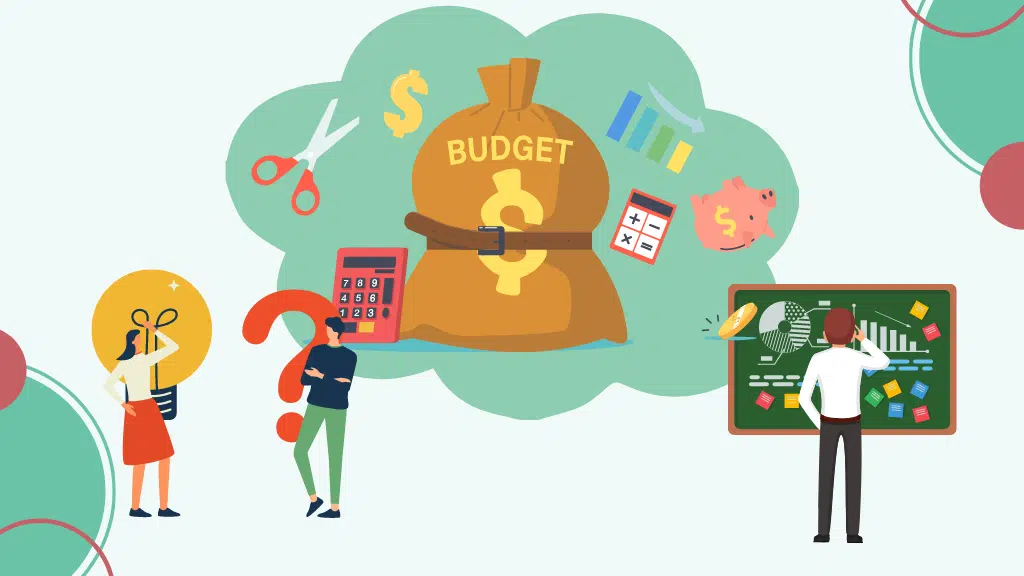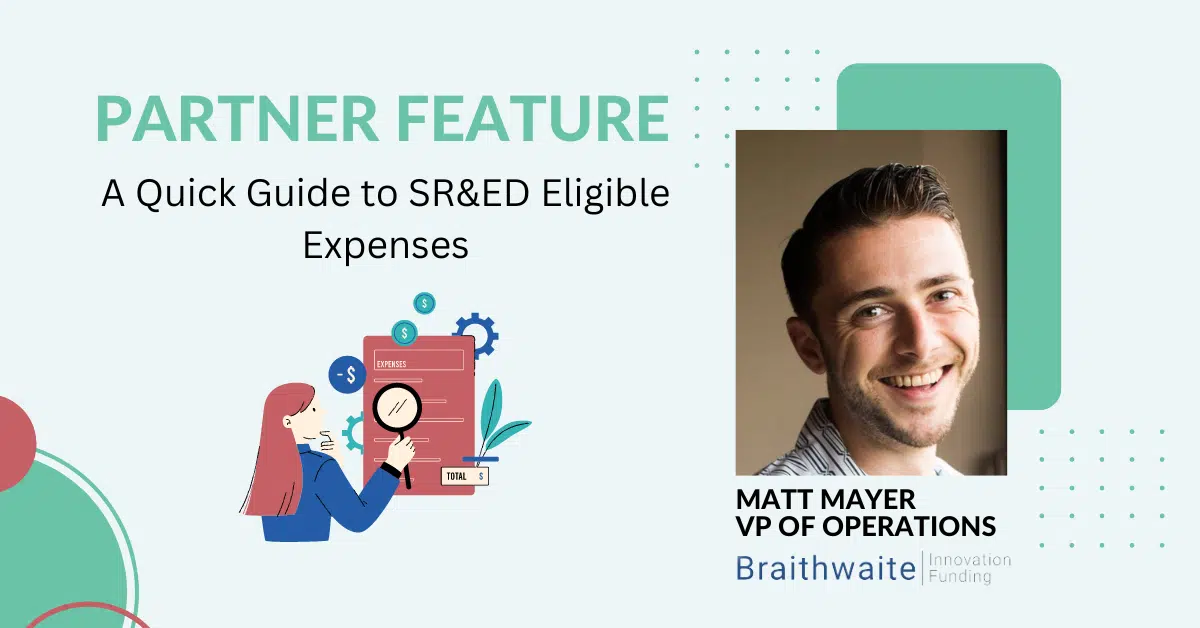Reading time: 6 minutes
The term cash burn rate emerged out of the dot-com era during the late 1990s when internet companies had to go through several series of funding before achieving positive cash flows on their road to profitability. The value of calculating a company’s cash burn rate is now widely recognized and adopted.
When measuring your business’s financial health, your cash burn rate is one of the most critical metrics to consider. While this metric is beneficial for mature companies managing proven cash reserves, it is vital for startups with limited finances to cover expenses.
What Is Cash Burn Rate?
The cash burn rate measures the rate at which a business loses cash during any given period. Often cash burn rate is simply called burn rate.
While businesses typically calculate their burn rate every month, this frequency may vary depending on the organization’s state and its changing needs. You might evaluate your company’s burn rate every week or even every day during a crisis. Contrarily, you might only examine your burn rate quarterly or even yearly when your business is financially stable.
When calculating your organization’s burn rate, it’s essential to recognize that the result is quantitative and not qualitative. It will not demonstrate if the burn rate is optimal for your company. Also, the burn rate does not evaluate your expenses. It is always good practice to frequently measure the burn rate versus your business plan and revenue growth to find areas where you can improve.
Calculating Your Cash Burn Rate
Before evaluating your burn rate, you need to understand the distinction between gross and net burn rates.
How to Calculate Gross Burn Rate
The Gross Burn Rate identifies how much cash a company spends each month on all cash expenses. To calculate the gross burn rate, add all cash expenses incurred during your established timeframe (typically in months). These expenses can be your cost of goods, capital expenses or operating expenses.
Gross Burn Rate = All cash expenses during a specific timeframe
How to Calculate Net Burn Rate
A company’s net cash burn rate is the amount of money it loses each month as it burns through its cash reserves. It’s calculated by subtracting the Gross Burn Rate from the revenue in the same timeframe.
Net Burn Rate = Revenue – Gross Burn Rate
OR
Net Burn Rate = Revenue – All cash expenses during a specific timeframe
The resulting net burn rate, if negative, represents your total cash losses during the set timeframe.
For example, if a company spends $5,000 on rent, $10,000 on marketing, $15,000 on salaries, and $3,000 on computers, and has cost of goods of $10,000, its gross burn rate would be $43,000. However, if the business is already generating revenue, its net burn would be different. With revenue of $20,000 a month its net burn rate is $23,000 ($20,000 – $43,000 = $23,000).
Earnings compared to Net Burn Rate
I often am asked what is the difference between earnings, which is also a financial metric, and net burn rate. Why not simply look at your profit and loss statement from QuickBooks or Xero to let you know how much money you’re losing each month? The key difference is accounting standards force companies to include non-cash items on the profit and loss statement. These items include capital depreciation, investment gains or losses, accrued revenue, income tax provisions and others. Therefore, the profit and loss statement is not a good tool to forecast how much cash is needed on hand to pay upcoming bills. The net burn rate will show you how much cash is being used each month and help you to predict how much cash you will need in the future.
Cash Runway (or just runway)
Another benefit of calculating an organization’s cash burn rate is that it helps establish its cash runway or how much time it has to remain solvent, provided it doesn’t raise any additional funds.
To calculate cash runway, you simply divide the business’s cash balance by its net burn rate.
Cash Runway = Total Cash ÷ Net Burn Rate
- Both founders and investors use the gross burn rate to benchmark their organizations against similar companies. This calculation shows if a company overspends or is efficient compared to others.
- Founders use the runway, meaning how long they can remain in business, to assist them in deciding if they should initiate fundraising to extend that runway or cut non-essential costs.
- Investors use the net burn rate and runway to know how much cash a company needs and how quickly they need it. This information can provide negotiation leverage for funders (if the runway is short) or be a source of strength to the business if the runway is longer (at least six months).
With a better understanding of their runway, businesses can develop sounder strategies to manage cash flow effectively and, by doing so, remain financially stable.
Why is Calculating Cash Burn Rate So Important
Companies with a high cash burn rate will have to be careful as they may need to raise additional capital very frequently. They’ll also need to weigh the cost of getting to cash flow break-even vs continuing the burn rate and raising more money.
Investors often use the burn rate to determine precise funding amounts they will extend to a startup. Venture capital firms generally compare the business plan with the burn rate to determine the probability of financial success. Once an investor extends capital to your organization, they may calculate your cash burn rate periodically to measure the state of your business. Having a burn rate materially different than your plan will raise questions.
Is a High Burn Rate Good or Bad
High burn rates are generally bad for business. However, a high burn rate is not always a negative sign.
Companies might strategically increase their burn rate to capture more market share (customers!). In some instances, companies might be operating in a very competitive space, and investors are willing to continue providing funding if they believe the product concept and/or market is a lucrative opportunity. Frequently, when the enterprise value of a company is more a function of revenue and revenue growth, burn rates can be quite high because this is what maximizes equity value.
By the numbers, 29% of Canadian small businesses fail because they run out of cash, and 71% of small businesses fail due to management issues. The latter statistic refers to both financial and general management issues. It’s safe to say that a lack of cash can be a problem.
One way to lower an unacceptable cash burn rate will be to cut operating expenses. Many companies reduce these costs by focusing on discretionary costs such as reducing staff and decreasing spending on marketing or development.
Funding Options to Reduce Burn Rate
Some companies struggle to decrease their burn rate even after cutting expenses. In this case, one of the best options is to pursue additional funding. Although many investors apply considerable weight to a business’s cash burn rate, some VCs primarily focus on revenue growth and don’t care as much about the burn rate.
If your enterprise has R&D or software development costs, consider exploring government tax credits to take advantage of tax incentives from the government. The largest tax incentive program in Canada is the Scientific Research and Experimental Development (SR&ED) program.
This program provides innovative Canadian companies with tax refunds for eligible expenses. Since this program is designed to promote innovation in Canada, refunds are issued regardless of the project’s success.
Organizations typically only receive their SR&ED payment months after that business files its annual tax return. That means that funds aren’t available for 18 months or longer after expenses start to add up. When a company needs faster access to capital, SR&ED financing can help.
Many businesses work with SR&ED financing companies like Venbridge to get immediate access to cash flow using their SR&ED refund as collateral. Having access to this additional cash flow can assist companies in investing in revenue-generating functions like business development and further extend their cash runway. SR&ED financing provides monthly or quarterly cash injections to your company, significantly reducing your gross burn and increasing your runway.
Accelerate with Venbridge
If your business needs to accelerate its growth, Venbridge can help you unlock that much-needed capital through SR&ED financing. We provide advances on your SR&ED tax credits as they accrue throughout the year, providing you with cash flow to reinvest in your business immediately rather than waiting until you file your claim and receive your refund from the CRA.
Contact us to learn more about how our funding solutions can help put your business’s growth on the fast track.




